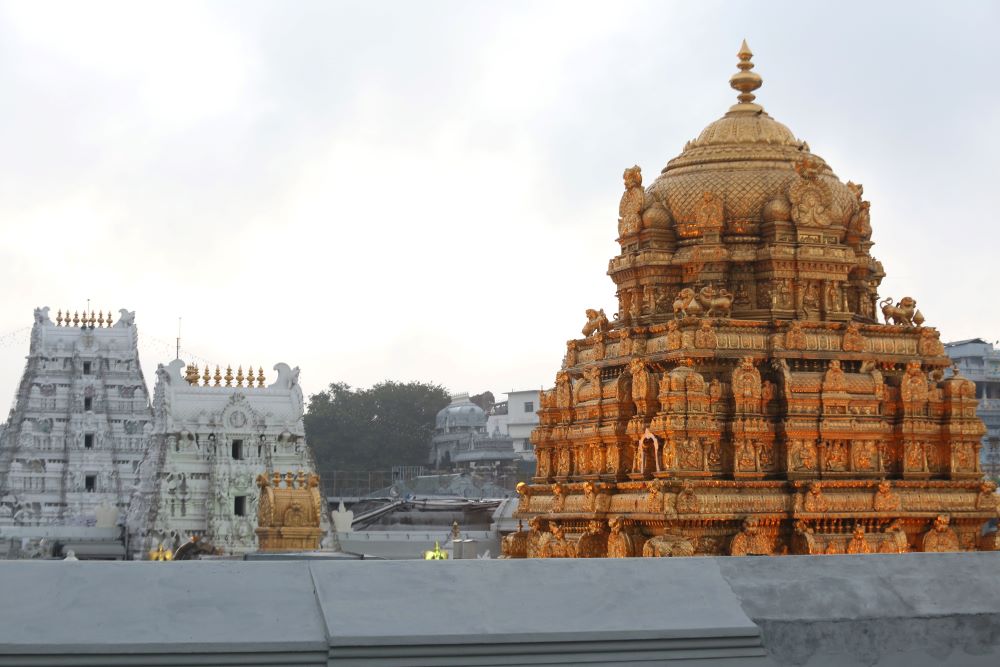Manifestation of Lord Venkateswara Swamy Shines with Lord Sri Mahavishnu left Vaikuntam and reached Venkatadri as Lord Venkateswara Swamy to protect and bless the devotees. Venkatadri is also known as Venkatachalam. It is one of the seven hills of Tirumala, considered a heavenly abode on the earth. The sanctum sanctorum where Sri Venkateswara Swamy resides Read More
Tag: Vyuha Lakshmi
Vyuha Lakshmi – The Most Compassionate
Goddess Mahalakshmi is Vyuha Lakshmi Goddess Mahalakshmi is Vyuha Lakshmi and Yoga Lakshmi. Vyuha- means a secret strategy, a divine scheme, a plan or a strategy. Lakshmi Devi reaching the hridaya sthana of Lord Vishnu happened secretly, very naturally. Their divine scheme is to protect the world just as parents care for their children. And Read More
Manifestations of Goddess Lakshmi
Manifestations of Goddess Lakshmi One should be aware of Ashtalakshmis or the manifestations of Goddess Sri Lakshmi. Veda Lakshmi in TretaYuga A sage named Brahmarishi Kushadhvaja was fixated on the Vedas. He was apathetic towards the institution of marriage but enthusiastic about begetting Goddess Lakshmi. One day while pursuing the Vedas, the celestial Narthaki (dancer) Read More


